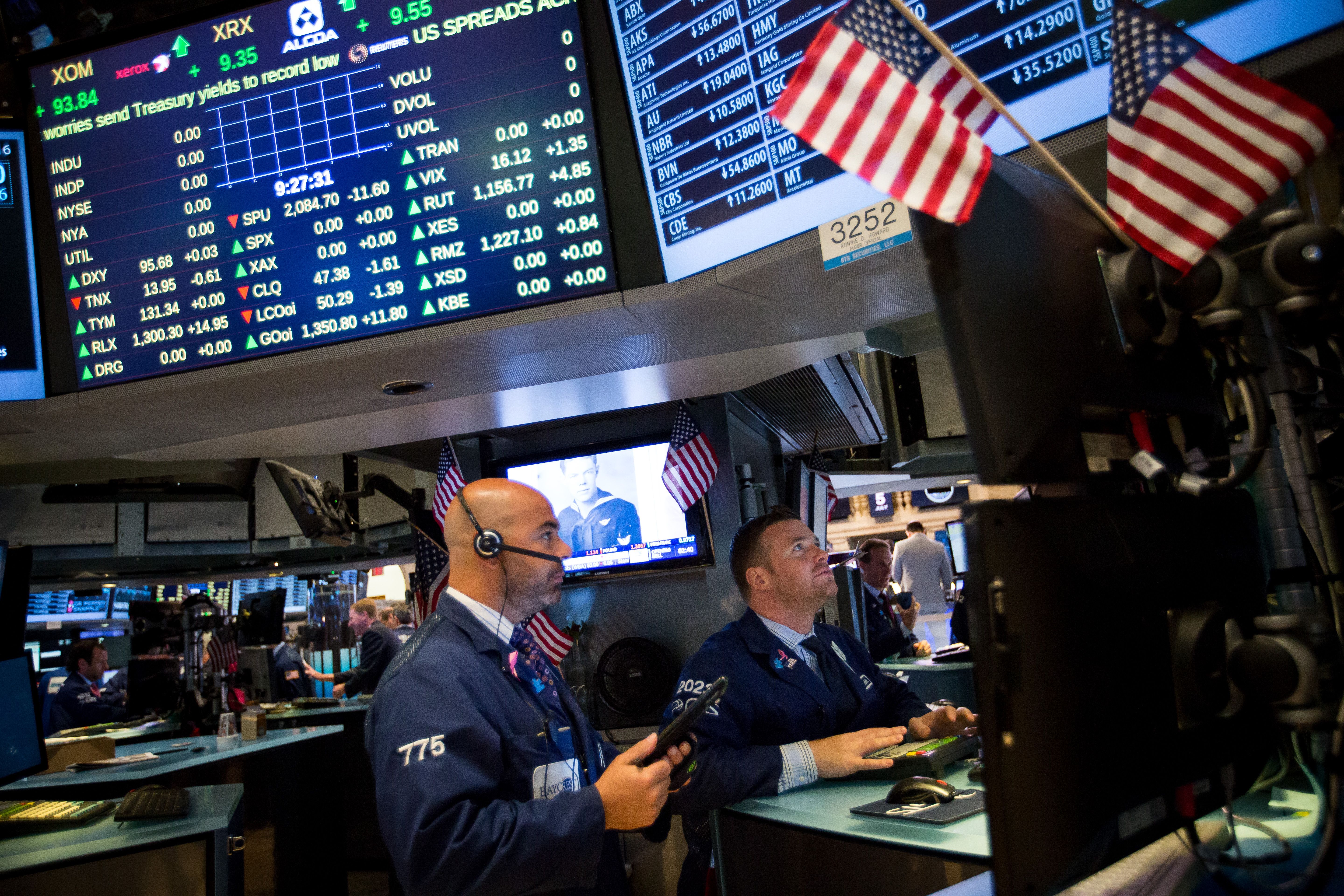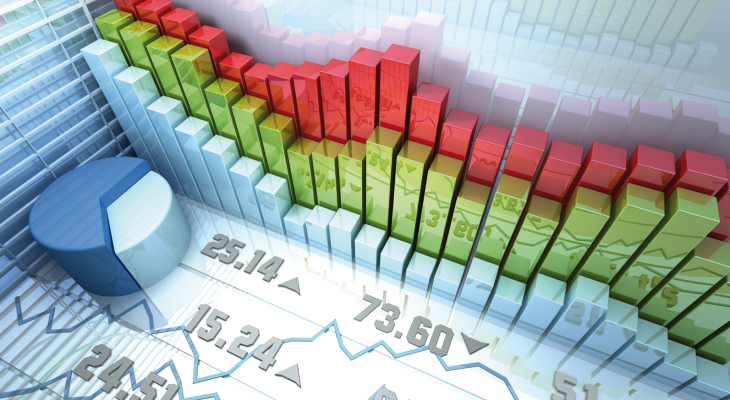Global stocks index soared on Wednesday, April 18, to their highest in nearly four weeks as strong U.S. first-quarter earnings helped revive risk appetite, driving up equities and hauling the dollar out of its slump.
European stocks rose in early trading, pushing MSCI’s index of world stocks up 0.2 percent to its highest since March 22. The top index of euro zone stocks rose 0.4 percent to its highest since Feb. 5, when a spike in volatility amplified a sell-off in global equity markets.
A gauge of volatility on the EuroSTOXX 50 fell to its lowest since Jan. 26, reflecting investors’ renewed confidence in the resilience of equity markets. The S&P 500 volatility gauge hovered around a six-week low.
Analysts have downgraded their European earnings estimates ahead of the first-quarter results season, while U.S. companies are expected to deliver stellar results.
“Volatility has come down because expectations are very strong for the earnings season and the market is happy to see some hard data,” said Laurent Godin, equity analyst at Indosuez Wealth Management.
Gains in Europe followed a strong bounce in Asian markets after four straight days of losses, while Chinese stocks tumbled even after the central bank unexpectedly announced it would cut the cash banks must hold as reserves.
S&P 500 futures climbed 0.3 percent as investors awaited the next batch of U.S. results, with all eyes on Morgan Stanley after Goldman Sachs reported a surge in profits on strong trading gains.
An unexpected fall in British inflation to a one-year low weighed on the pound and pushed up the FTSE 100 stock index. The figures could lead investors to pull back bets that the Bank of England will raise interest rates in May.
While investors were refocusing on fundamentals after weeks dominated by geopolitical tensions, the latest Bank of America Merrill Lynch survey of fund managers showed signs of caution.
Investors cut their equity allocation to an 18-month low and increased their cash balances, while reducing their exposure to the highly-valued tech sector.
“Just like they were chasing the market up in January, investors have gradually started to sell,” said Clark Fenton, chief investment officer at Agilis Investment Management.
“I think that gives the market scope to rally a bit more as positioning has lightened up.”
Fund managers named the threat of trade war as the biggest “tail risk” in BAML’s survey, while they were less concerned about inflation causing convulsions in bond markets.
Monetary tightening, proceeding at a different pace on either side of the Atlantic, was making its mark on bond markets.
The gap between U.S. and German two-year bonds reached its widest in nearly 30 years, reflecting the diverging monetary policy outlook.
“In some ways I am sort of surprised that it hasn’t mattered more,” said Fenton, referring to the trans-Atlantic divergence. “I would have thought it would have helped European equity prices more on a relative basis.”
The gap between U.S. two-year and 10-year government bond yields widened slightly in early trading, having fallen to a low of 41.8 basis points overnight.
“I would worry if [the curve] got inverted,” said Fenton, adding: “It’s probably a bit premature to get too bent out of shape about it now.”
The rise in short-dated yields has pushed the real yield on U.S. two-year treasuries above the S&P 500 dividend yield for the first time in 10 years.














